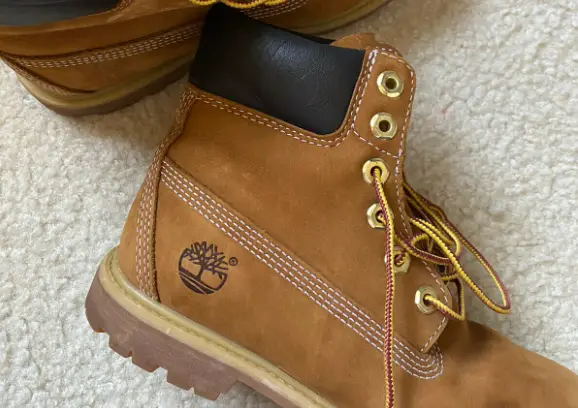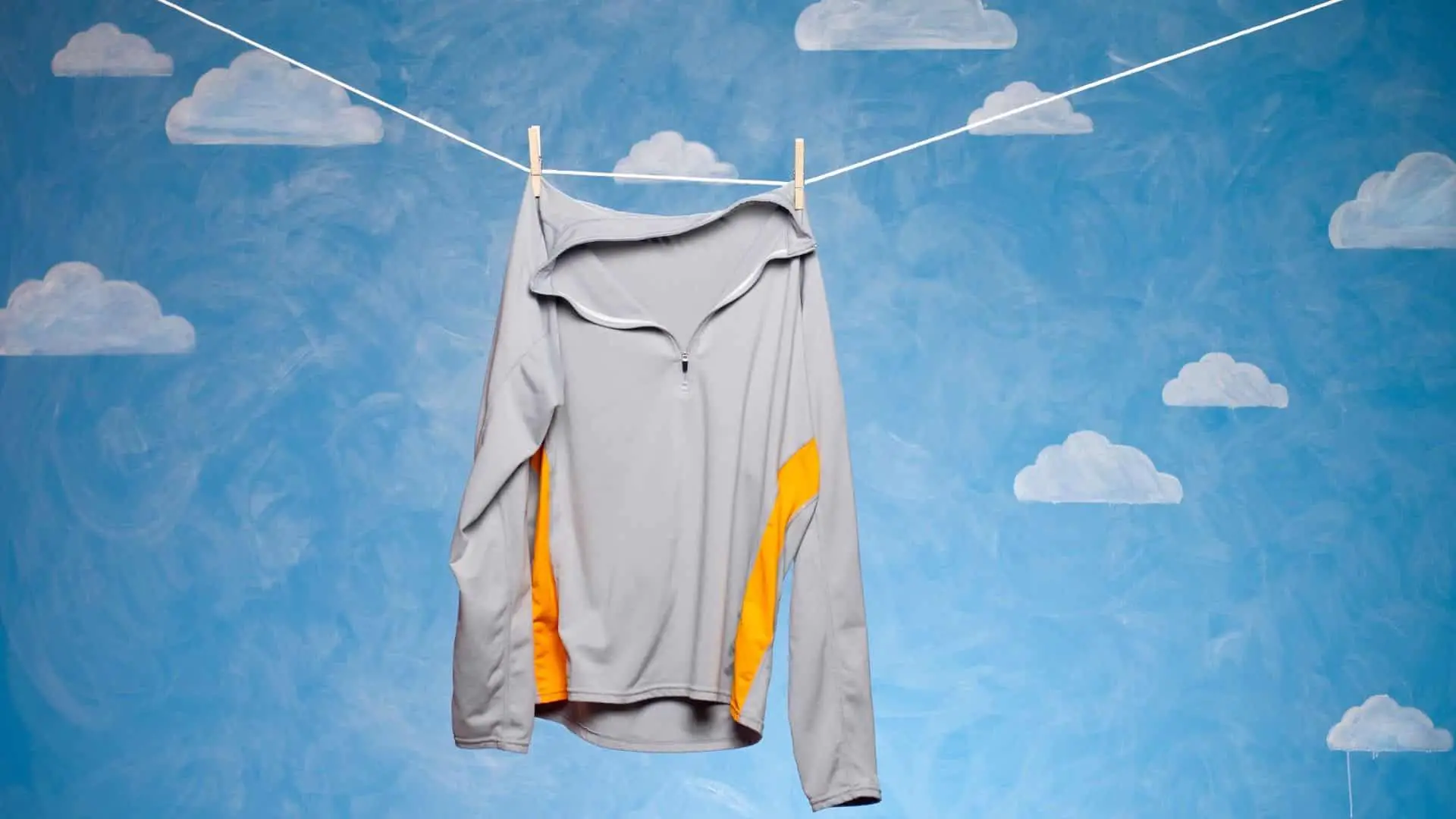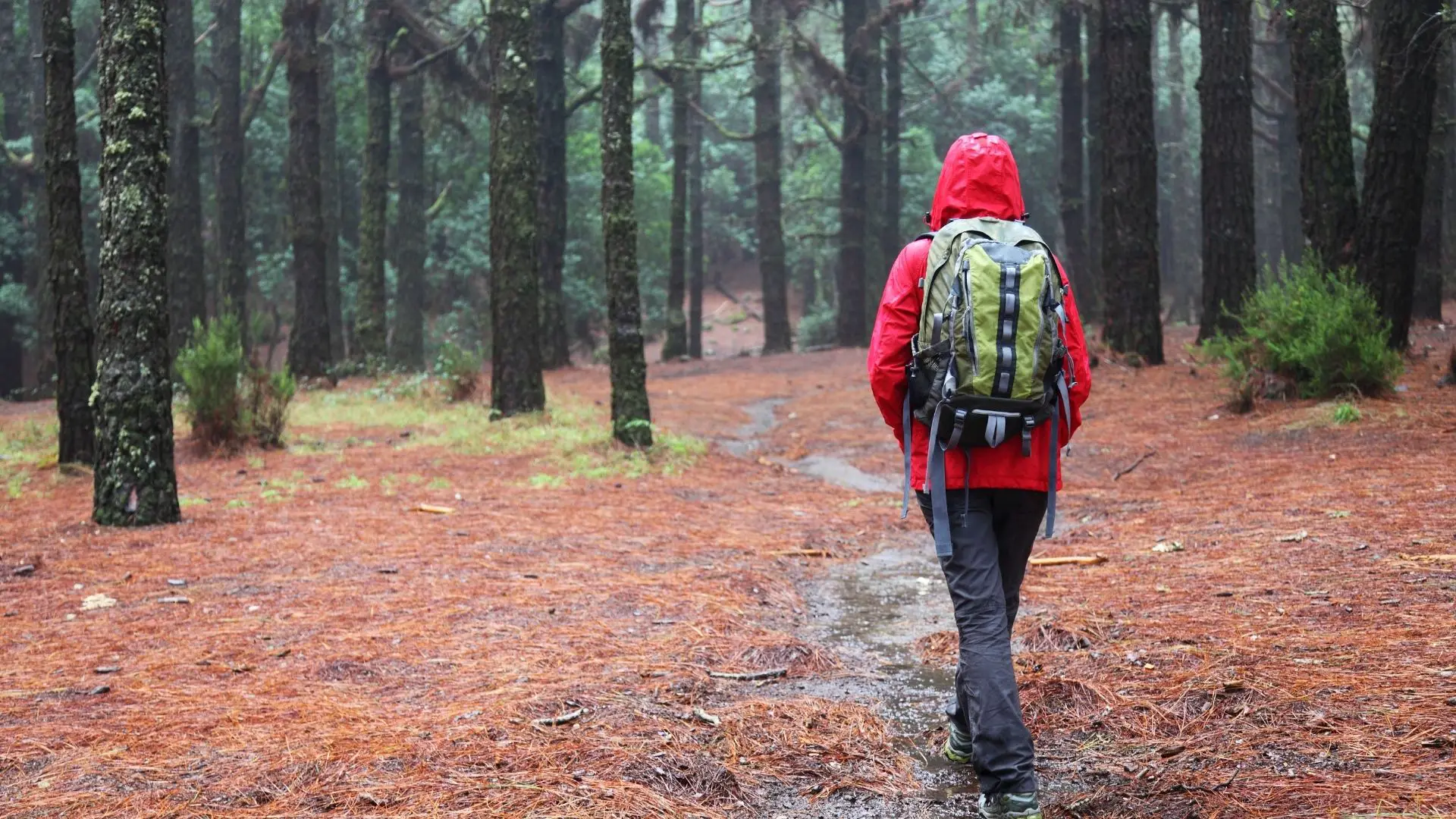You’ll see lots of different backpacks on the trail. They range from simple daypacks to 100+ Liter packs filled the brim with all kinds of hiking gear. Is there a way to get around paying for a ridiculously priced hiking backpack? Can you use a regular backpack for hiking?
Yes, you can use a regular backpack on short day hikes. Try to find one that has a center sternum strap and excellent shoulder support. Real hiking backpacks would be more comfortable, but a regular school backpack shouldn’t ruin your trip.
Choosing the right backpack can make a huge difference to your comfort on a long hike. A regular backpack is good enough in lots of situations, but there are times where you’ll need a real hiking backpack. Keep reading to learn when/where you’ll need to buy a real hiking backpack.
Table Of Contents
Using a Regular Backpack For Hiking

You really don’t need a special backpack for short day hikes. They might not be extremely comfortable, but you can usually get by on short trips.
When I first started hiking, I used a cheap bookbag from Walmart. The shoulder straps were thin. It had 1 big main pocket, small pocket up front, and 2 water bottle holders on the side. It was the perfect pack for me. I was broke and it was cheap!
My hiking/backpacking journey started off with short 1-2 hour hikes right outside Columbus, Ohio. It was a way to get my dog out of the house and into the woods. A regular old schoolkid backpack was perfect for that. There was enough room for water, snacks, sweatshirt, and all my dogs gear.
Didn’t realize I would need a real hiking backpack until I started hiking mountain trails outside Seattle. By days end my shoulders were completely covered in blisters and I was miserable. It was only a 12-mile hike, but I quickly realize that a regular backpack wouldn’t work.
So how do you know when it’s time to buy a real hiking backpack? It all comes down to how far you’re going and how much gear you need to carry. Do yourself a favor and pick up a hiking backpack if you’re right on the edge. Even a cheap pack will be better than a regular school bag! A cheap $20-30 pack you’d find on Amazon is all 99% of people need(this is a great Daypack).
Here are a few differences between regular backpacks and hiking packs.
- Hip Belts: A hip belt can make or break a pack. The hip belt redistributes the weight so that it’s on your hips and off your shoulders. This doesn’t happen much with lightweight packs, but you’ll notice a huge difference on a 35+ Liter pack. Hip belts also add stability to the pack so it won’t sway.
- Sternum Straps: Sternum straps are especially helpful on uneven terrain. I rarely use my sternum strap on flat terrain, but it really helps once you start going up hill. It shifts the weight down off your shoulders and prevents shifting on scrambles.
- Water Bottle Pockets: Almost every hiking pack has water bottle pockets on each size. Most of them are sized to fit Nalgene Wide Mouth Water Bottles (these ones).
- Hydration Reservoirs: Hiking packs normally have a small compartment to store/protect your hydration bladder. Make sure the pack you buy has “hydration bladder compatibility“. I use an inline backpacking filter (this one) attached to my packs hydration reservoir.
- Compression/Gear Straps: There are lots of straps on the outside of my pack. You can strap lots of stuff on the outside of your pack. I usually have trekking poles and a few other things on the outside of my pack.
How Do I Choose a Backpack For a Day Hike?

There are a few questions you’ll need to ask yourself before picking out a pack. How far do you plan on hiking? Do you need to bring a bunch of gear? Can you shed some weight and pick out a smaller pack? What frame size do I need and what’s my pack weight? Is there any way to increase my packs comfort (straps, material, breathability)?
You need to figure out the right pack size before I get into all that. There are a bunch of different pack sizes even in the daypack category. They can range from Tiny 10L packs, up to 40L packs that could double as a weekend backpack. So what size backpack do I need for a Day Hike?
What Size Backpack Do I Need?
It’s hard to say what size pack a person actually needs. There are 2 main thoughts when choosing pack size. Buy a small pack so you’re not carrying a bunch of weight or get a large pack to hold lots of gear.
I’m broke so I always buy a pack that’s slightly larger than what I need. You can always remove stuff from a large pack to lower weight, but you can’t add additional space to a tiny pack. That’s great in theory, but pack weight tends to creep up. Go up to a larger pack and you’ll eventually fill it up with “barely necessary” gear. I’ll go over a few of the common pack sizes below.
Quick Note: Women may need to buy a smaller pack than the typical man. As a general rule your pack shouldn’t weigh more than 20 percent of your body weight. Packs marketed towards women max out at the 50-60 Liter range.
Small Pack (Under 20 Liters)
A 20L Hiking pack is the perfect size for most people. It’s all you really need for a short 1-3 hour hike (under 5 mile) and it’s small enough to be used off trail around town. I use my 15 Liter Kelty Pack (this one) all the time. It’s the perfect carry on for planes and small enough to use on my bike.
A 15-20 Liter pack provides enough space for all the basics of a dayhike. You can carry water, snacks, food, jacket and a few basic hiking essentials. I really like my Kelty Basin 15 Liter Pack. It’s super comfortable and weighs less than 1lb.
Honestly, you might want to get a slightly bigger pack if you’re on a tight budget. A 20L pack is only good for short hikes. It’s just a way to bring a few basic essentials into the field. Go with a larger midrange 27+ Liter pack if you can only afford to buy one.
Medium Pack (20-36 Liters)
Medium sized packs are slightly larger and can get you into the long dayhike and even into overnight territory. These are perfect for longer 8-12 mile hikes where you need to carry some basic survival gear. They tend to have additional pouches, comfortable waist straps, and thick shoulder pads.
I would probably go with a larger pack for overnight backpacking trips, but you can sometimes get by with a 36Liter pack on an overnight. Just strap your tent and sleeping pad to the outside of your pack and you’re good to go.
Large Pack (36+ Liters)
Larger 36+ Liter packs can be used on dayhikes, but I wouldn’t recommend it. These packs will be massive and you’ll be tempted to carry a bunch of unnecessary gear on short hikes. Modern packs typically have internal framing systems to spread weight across your back.
You can get away with using a large pack on day hikes, but all that extra weight will wear your body down fast. I only carry my full-sized pack when training for long backpacking trips. These packs are perfect for 2-7 day backpacking trips and provide plenty of space for all your gear you could possibly need.
How Far Are You Hiking and Difficulty Level?
You need to figure out how far you’re hiking before picking out a pack. Figure out the total distance and hiking difficulty before heading on your hike. This is really important! Longer hikes will require a sturdier more comfortable hiking backpack.
Regular packs might be fine for short hikes, but you’ll want added sternum straps, bulky shoulder pads, and internal/external frames. Think about the straps on your High School backpack. I can almost guarantee they hurt your shoulders/back when filled with heavy books. That’s going to be painful and get old fast. I highly recommend picking up a real hiking pack if you’re going for more than 2-3 hours. With extra support and adjustability, you probably won’t even feel the pack on your back. My 40 Liter pack feels like nothing on my back.
You should also think about the terrain difficulty you’ll be traveling through. Highly technical terrain requires a lightweight pack with lots of adjustability. Nobody wants to have a shifting pack while scrambling up the peak of a mountain or trudging through slippery rocks.
Material and Breathability
Most hiking packs are designed with full back venting systems to reduce sweat on strenuous hikes. These mesh systems help keep you cooler, but they don’t work as well as I’d like. Less sweat on your back means a more comfortable hike.
Adjustable Straps
Expensive hiking packs should have a bunch of strap adjustments to get the perfect fit. Most hiking packs have waist straps, sternum straps, and shoulder strap adjustments. This is off the top of my head, but my pack has 10+ adjustment points. I can distribute the weight perfectly so it spreads across my back and centers right above my hip.
Women might want to consider picking up a female specific pack. They usually have shorter internal frames and extra adjustment points to wrap around a woman’s frame. A large frame pack on a smaller body will shift awkwardly and throw off balance.



